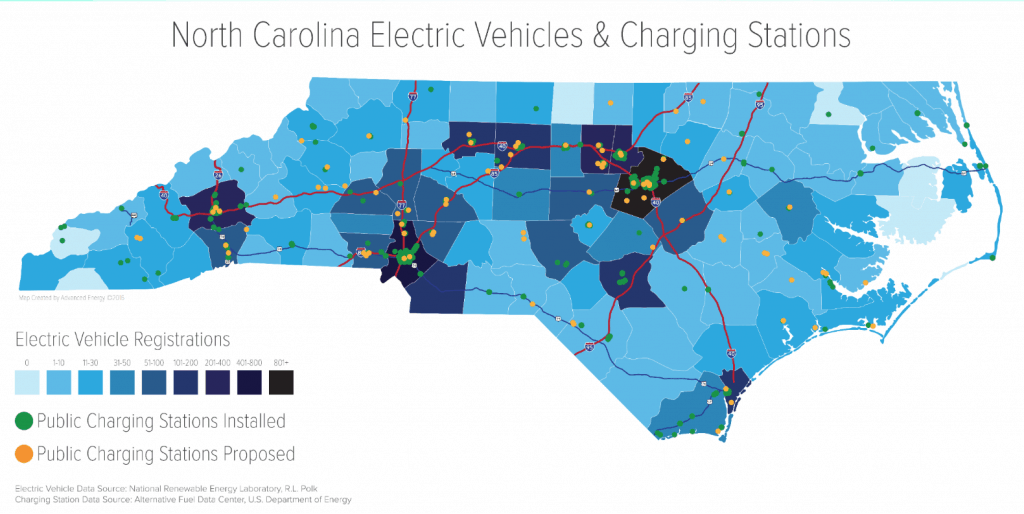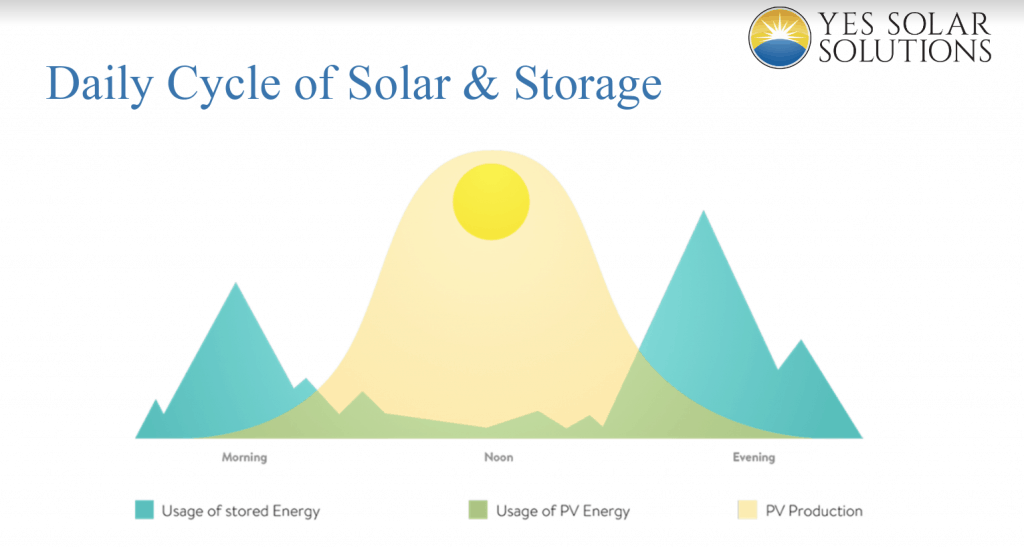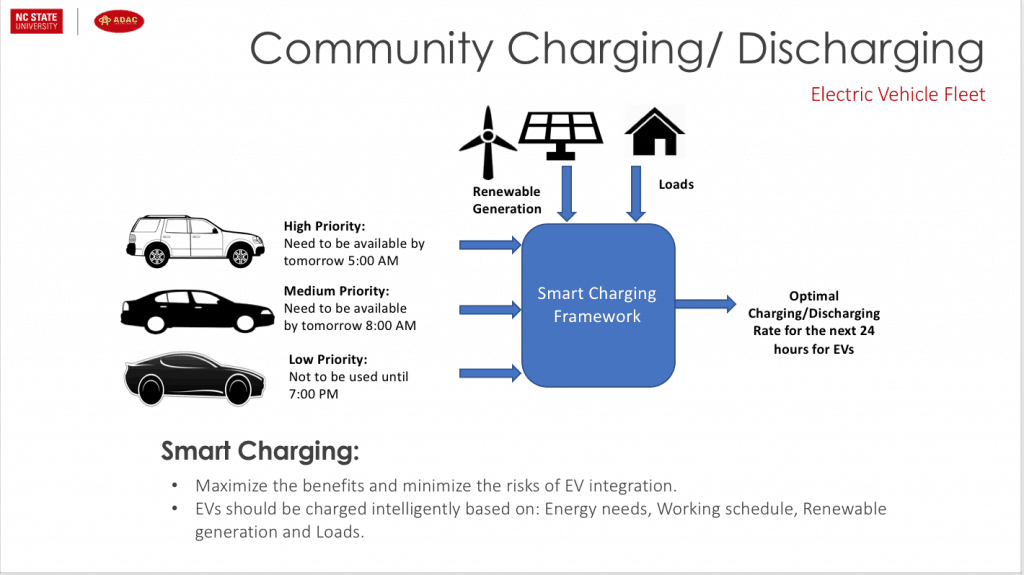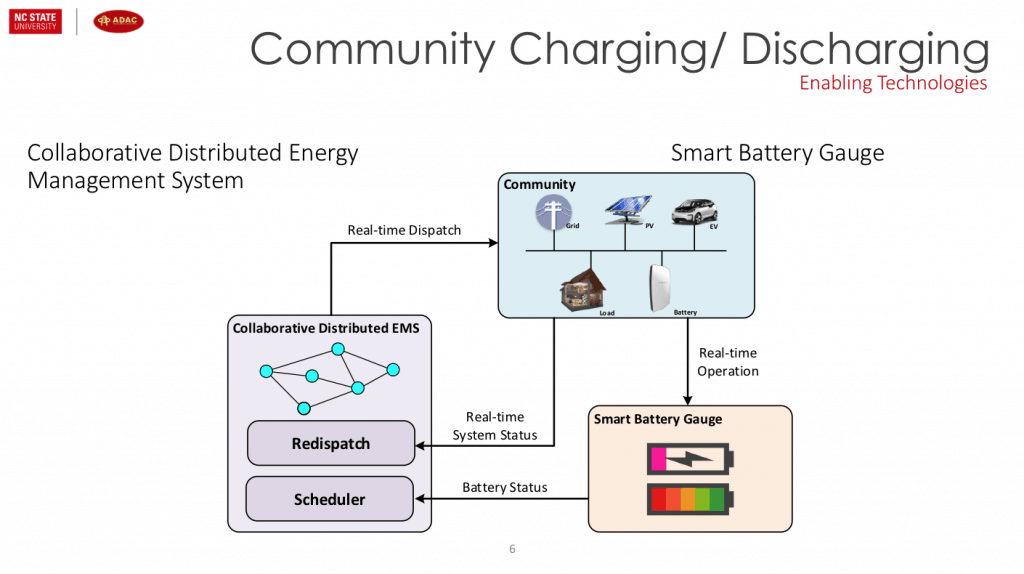Driving on Solar Miles: Integrating Residential Solar and Electric Vehicle Charging panel at the 2018 State Energy Conference of North Carolina

Industry experts discussed options available today for integrating residential solar with electric vehicle charging at the 2018 State Energy Conference of North Carolina last month. Panelists addressed some of the most commonly used technologies as well as the future of residential solar, electric vehicle charging and the grid.
The three panelists were Bharat Balagopal, a doctoral student at North Carolina State University; Stew Miller, President of Yes Solar Solutions; and Stan Cross, CEO of Brightfield Transportation Solutions. Heather Brutz, Transportation Finance and Operations Manager at NCCETC, was moderator.
Stan Cross (Brightfield Transportation Solutions) shared a map of electric vehicles and charging stations in North Carolina, and discussed the statistics of annual community benefits per 10,000 EVs:

• Approx. EV miles driven annually = 120M miles
• Barrels of Oil Avoided by EVs = 221K barrels
• GHG reduced from gasoline to grid power = 44M lbs.
• GHG reduced when Solar Driven = 84M lbs.
• EV-related fuel savings = $8.2M
• EV-related maintenance savings = $3.6M
• EV-related $$ Retained in the Community = $7.6M
Stew Miller (Yes Solar Solutions) said that the average gas-powered vehicle emits the equivalent of 11,435 lbs. of CO2 annually. And on average, using the NC electric grid to charge an EV releases 4,185 lbs. of CO2 each year.

Miller said that by using solar and storage like Tesla Powerwall to generate and store the electricity needed to power their vehicles, EV drivers can reduce their transportation-related emissions to zero. Powering EVs with a home solar system is typically cheaper than charging your car with electricity from the grid as well, Miller said.
Bharat Balagopal discussed electric vehicle charging and integration with the smart grid.
According to Balagopal, benefits of community charging are:
• EVs are flexible loads that can improve the stability of the grid
• Sooth the adverse effect of renewable fluctuations by quickly changing the charge rates
• Improve the power quality by peak shaving (reducing the load) and valley filling (increasing the load)
However, risks include:
• Uncontrolled charging of multiple EVs can destabilize the grid
• Simultaneous charging of EVs can introduce huge load to the grid

To alleviate those risks, Balagopal said, researchers at Advanced Diagnosis, Automation, and Control Lab (ADAC) devised a method for smart charging of EVs to maximize benefits and minimize the risks of EV integration. Their technology, he said, can intelligently schedule the charging of the EVs based on energy needs, working schedule, renewable energy generation and load pattern.
There are two main enabling technologies that allow them to intelligently control the charging of the EVs — the Collaborative Distributed Energy Management System and the Smart Battery Gauge. To learn more, click here.

